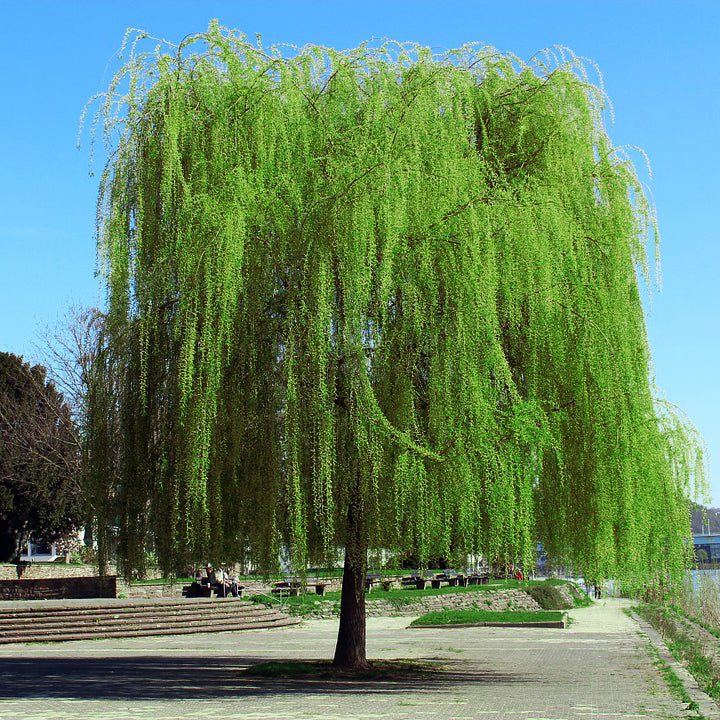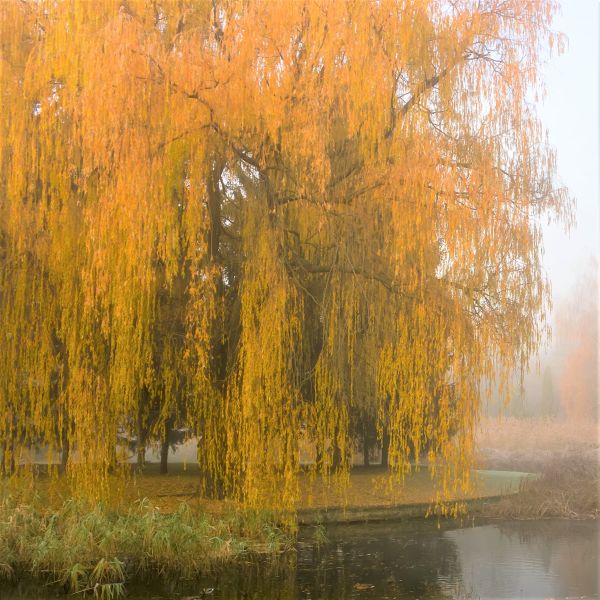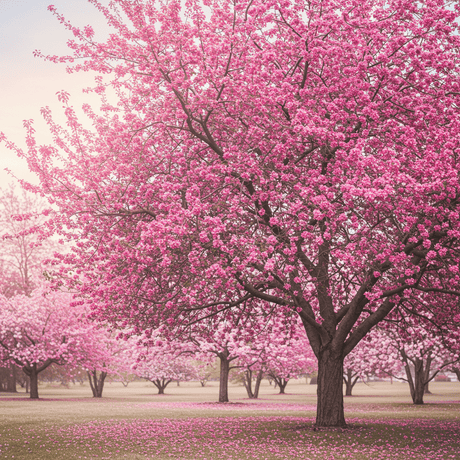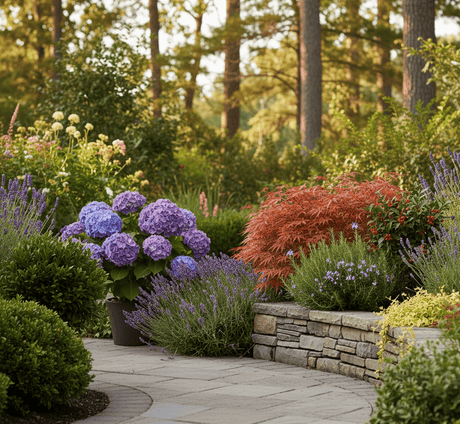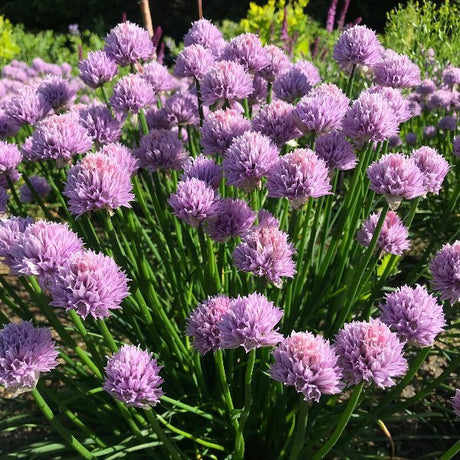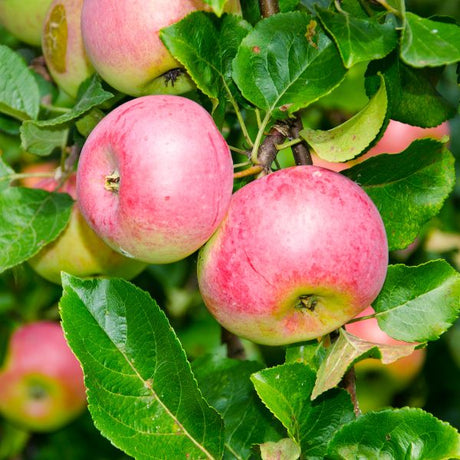Weeping Willow Tree
Salix babylonica
Plant Sentry™
Plant Sentry™

Plant Sentry™ Protected
Your order is protected by our compliance system that:
- Prevents restricted plants from shipping to your state
- Ensures plants meet your state's agricultural requirements
- Protects gardens from invasive pests and diseases
Delivery and Shipping
Delivery and Shipping
Delivery and Shipping
Fast, Safe Plant Delivery
Ships in 3-4 business days • Tracking provided • Weather protected
| Under $50 | $9.99 |
| $50 - $99.99 | $14.99 |
| $100 - $149.99 | $16.99 |
| $150 - $198.99 | $24.99 |
| $199+ | FREE |
✓ Zone-specific timing • ✓ Professional packaging • ✓ Health guarantee
Understanding Plant Options
Nature Hills offers plants in two main formats:
- Container Plants: Grown in pots with soil, sized by container volume and plant age
- Bare Root Plants: Dormant plants without soil, sized by height measurements
Container Plant Sizes
Container sizes indicate plant age and growing capacity rather than liquid volume equivalents. Our containers follow industry-standard nursery "trade gallon" specifications, which differ from standard liquid gallon measurements.
Young Plants (6 months to 18 months old)
| Container Size | Actual Volume | Metric Equivalent |
|---|---|---|
| 2" x 2" x 3" | 0.18 - 0.21 dry quarts | 0.20 - 0.23 dry liters |
| 4" Container | 0.31 - 0.87 dry quarts | 0.35 - 0.96 dry liters |
| 4.5" Container | 0.65 dry quarts | 0.72 dry liters |
| 6" Container | 1.4 dry quarts | 1.59 dry liters |
| 1 Quart | 1 dry quart | 1.1 dry liters |
| 5.5" Container | 1.89 dry quarts | 2.08 dry liters |
Established Plants (18 months to 2.5 years old)
| Container Size | Actual Volume | Metric Equivalent |
|---|---|---|
| 2 Quart | 2 dry quarts | 2.2 dry liters |
| #1 Container | 2.26 - 3.73 dry quarts | 2.49 - 4.11 dry liters |
| 5" x 5" x 12" | 3.5 - 4.3 dry quarts | 3.85 - 4.74 dry liters |
Mature Plants (2-4 years old)
| Container Size | Actual Volume | Metric Equivalent |
|---|---|---|
| #2 Container | 1.19 - 1.76 dry gallons | 5.24 - 7.75 dry liters |
| #3 Container | 2.15 - 2.76 dry gallons | 8.14 - 12.16 dry liters |
Large Plants (3-5 years old)
| Container Size | Actual Volume | Metric Equivalent |
|---|---|---|
| #5 Container | 2.92 - 4.62 dry gallons | 12.86 - 20.35 dry liters |
| #6 Container | 5.25 - 6.01 dry gallons | 23.12 - 26.42 dry liters |
| #7 Container | 5.98 - 6.53 dry gallons | 26.34 - 28.76 dry liters |
Bare Root Plants
Bare root plants are sold by height from the root system to the top of the plant. Plants may exceed minimum height requirements.
Common Sizes:
- Trees: 1 foot, 2 feet, 3 feet, 4 feet, 5 feet, 6 feet
- Shrubs & Perennials: 1 foot, 18 inches, 2 feet
Important Notes
Container Volume Specifications
- Trade Gallon Standard: Our containers follow industry-standard "trade gallon" specifications established by the American National Standards Institute (ANSI Z60.1) for nursery stock
- Volume Variations: Actual soil volume may vary due to plant root systems and growing medium settlement
- Age Indicators: Container size primarily indicates plant age and maturity rather than liquid volume equivalents
Growing Conditions
- Plant size can vary based on variety and growing conditions
- Container size helps indicate plant maturity and establishment level
- Larger containers generally mean more established root systems and faster landscape establishment
Seasonal Availability
- Bare root plants are available seasonally when dormant
- Container plants are available throughout the growing season
- Specific varieties may have limited availability in certain sizes
Questions?
For questions about specific plant sizes or availability, please contact our plant experts who can help you choose the right size for your landscape needs.

Plant Sentry™ Protected
Your order is protected by our compliance system that:
- Prevents restricted plants from shipping to your state
- Ensures plants meet your state's agricultural requirements
- Protects gardens from invasive pests and diseases
Plant Profile & Growing Essentials
Cold hardy, Fast-growing, Slopes/Erosion Control, Wet Soils, Clay Tolerant, Thornless, and Attracts pollinators
-
Botanical Name
-
Height
-
Width
-
Growing Zones
-
Sunlight
-
Growth RateFast
-
Flower Color
-
Leaf Color
-
Fall Color
-
Pollinator FriendlyYes
-
Bloom PeriodEarly Spring
-
Does Not Ship ToAK, HI, ID, MT
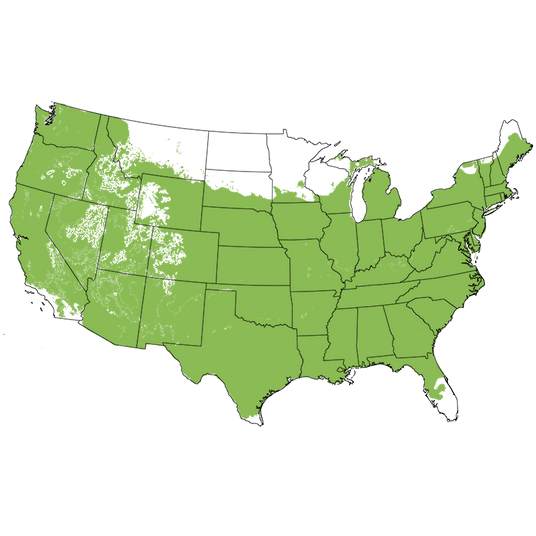
Growing Zones 5-9
Everyone loves the familiar Weeping Willow tree (Salix babylonica). Its graceful, ground-sweeping branches add so much movement to your landscape. Best known for its rounded, romantic appearance with long sweeping branches, the Weeping Willow has so much to offer. Spring comes early when you have a Weeping Willow; it's one of the first trees to leaf out early in the spring with incredibly fresh, bright green leaves. You will love its narrow, sage-green leaves swaying in the breeze through the summer.
The flexible weeping branches grow up and out, dramatically arching up, then growing down to trail on the ground. In the fall, you will be delighted by how its light greenish-golden-yellow leaves develop intense fall color, as well, transforming into golden yellow through the autumn. If you are lucky enough to live on the water, you have an excellent soil type for a Weeping Willow. They'll thrive when planted near a water source. The reflection of a willow tree in water is just as pretty as a picture.
The strong and flexible willow tree can be a wonderful reminder to work with life conditions, rather than fighting them. People often plant Weeping Willows to commemorate loved ones who have passed. Their beauty - and ability to survive in challenging conditions - can be a real helpmate during the rough first years of grief. Weeping Willow trees are a symbol of hope and growth, and they bring butterflies to your landscape.
Planting and Application:
The Weeping Willow tree loves water and is often planted near ponds to prevent erosion. You'll love the look of one or more planted at the edge of the lake or pond. Use several dotted here and there on either side of a river or stream for a natural, gorgeous look. Try one as an anchor tree in a new Rain Garden or runoff swale to catch rainwater in a low area.
It is also one of the fastest-growing shade trees, with a growth rate of 8-10 feet a year. Plant one to completely block out an ugly boathouse, or other unsightly views in just a few short years. The privacy it creates is airy and friendly. It will quickly reach its mature height and develop into one of your favorite plants. It is fast to establish, growing quickly to beautify an area in the quickest amount of time. Every lake property or waterfront home should have one.
Most people love using them as a specimen plant that is allowed to grow naturally. Let the branches hang to the ground in an area that does not need to be maintained beneath. Kids love sitting under the shady shelter of the branches. Keep your eye out for evidence of their "Forts" and "Clubhouses" under the canopy of the Weeping Willow tree. What a marvelous memory to gift your family!
- Instantly Recognizable
- Romantic, Ground Sweeping Branches
- Fast Growing Trees & Adaptable
- Adds Motion & Sound To The Landscape
- Sage-Green, Soft Hues& Delicate, Lacy Texture
- #ProPlantTips for Care:
There is no such thing as too much water for a Weeping Willow tree. If you have a spot in your yard with moist, alkaline loamy, or clay soil that stays wet or collects water, the Weeping Willow will help dry it right up. Weeping Willows can adapt to drier soils as well. While it loves water, the Weeping Willow tree adapts well to many soil conditions and prefers moist soil, but it displays some drought tolerance. Not many trees can handle that extreme, from very wet to dry.
These large trees are often planted near lakes, rivers, or ponds to prevent the soil from eroding. Their surface-rooted, aggressive root systems will help to keep the soil in place. It's difficult for grass to grow under a Willow tree. Instead, consider simply using mulch beneath the tree. Then, let the branches hang down naturally and keep life simple for yourself.
Do not plant this tree near a septic system, septic tank, or drainage field, or near a pool, water main, or underground water sources. Give it space, and it will be a fine, picturesque tree for you. If you are interested in learning more information on invasive tree roots, click here for our blog!
Weeping Willow is one of the last to lose its leaves in the fall. If you grow it in a mulched area, you really won't even need to do any leaf cleanup. These fast-growing trees thrive in either full sun or partial shade, preferring at least 6 hours of direct, unfiltered sunlight a day.
- Full Sun & Part Shade
- Heat & Cold Hardy
- Water Loving, Rain Gardens & Well-Drained Soil
- Vital For Wildlife
- Prune Late Winter/Early Spring
Plant the Weeping Willow tree in your yard to experience how this mystical tree has caught the attention of artists and storytellers for hundreds of years. Order today at NatureHills.com for your romantic draping shade trees today!
Frequently Asked Questions
Is Weeping Willow fast-growing?
Weeping Willow trees are very fast growing and will gain several feet of growth once established and in optimal condition.
Where should you plant a Weeping Willow?
Weeping Willow trees thrive in a wide range of soil types, moisture availability, and sun. Willows prefer moist, well-drained soil and have aggressive roots, so plant away from underground septic tanks or other underground water sources.
What is the difference between a Willow and a Weeping Willow?
Members of the Salix family of trees generally have an upright growth habit, while Weeping Willows have a cascading, drooping growth.
Are Weeping Willow Trees messy?
While the spring flowers or catkins drop, once these dry up they blow away or decompose quickly. In fall, when the fine-textured leaves drop, they too usually blow away and rarely need to be raked up because of how small they are.
What Shipping Options Do You Offer?
NatureHills.com works closely with our growers and nursery professionals to ensure we ship when it is most appropriate for your area. Our goal is to deliver the hardiest plants by avoiding extreme high and low temperatures. Check out our shipping schedule for more information and to learn our wills and won’ts when it comes to shipping plants. Find your Weeping Willow Tree for sale here at NatureHills.com!





